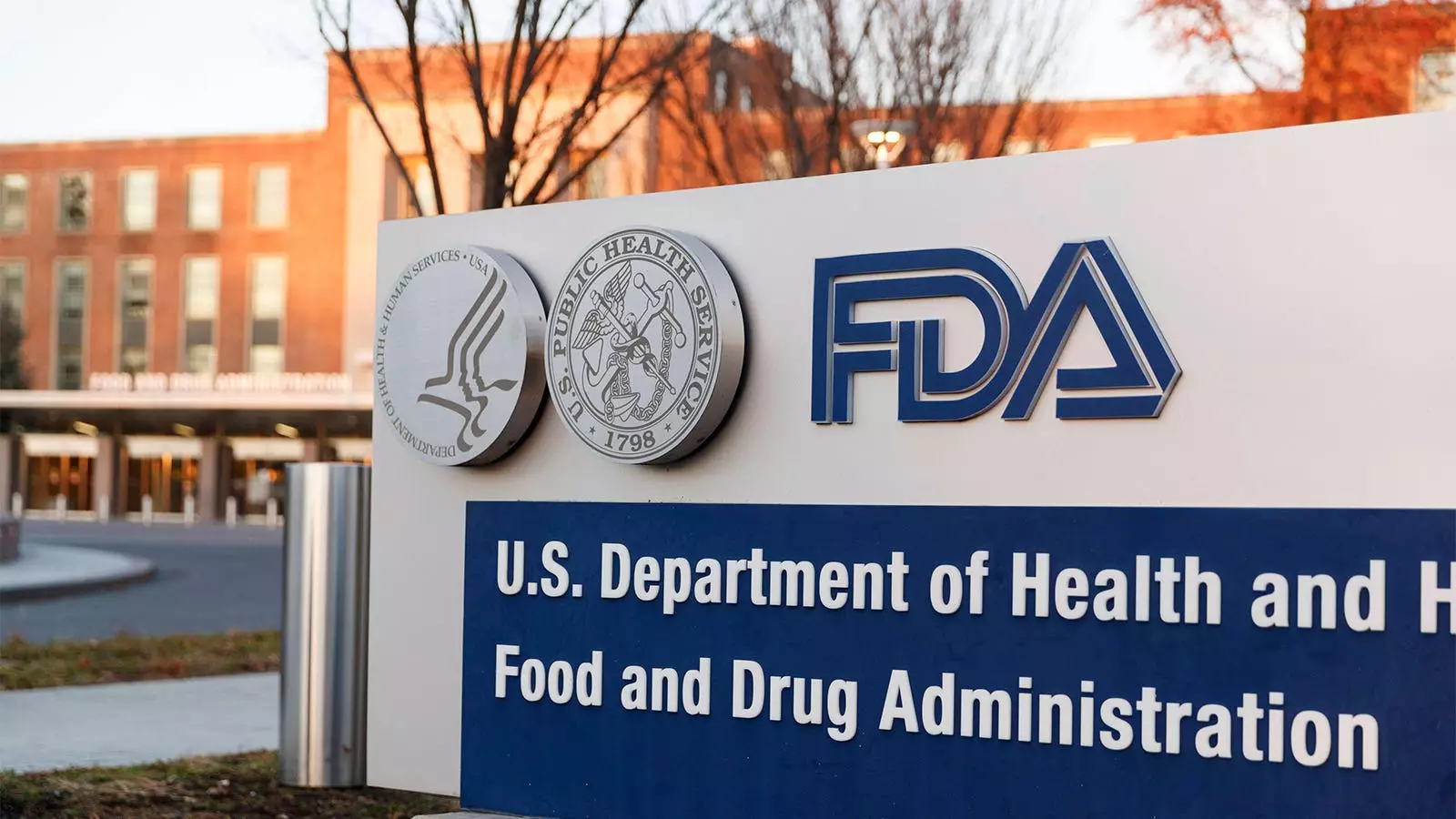The need for cautious evaluation in the pharmaceutical approval landscape has never been more critical. An influential report from the Department of Health and Human Services (HHS) Office of Inspector General (OIG) has underscored significant gaps in the U.S. Food and Drug Administration’s (FDA) accelerated approval pathway, particularly following the controversial approval of aducanumab (Aduhelm) for Alzheimer’s disease. The OIG has urged the FDA to bolster its regulatory frameworks to prevent misuse and ensure that the accelerated pathway fulfills its intended purpose: providing timely access to essential therapies without compromising safety and effectiveness.
The tumult surrounding the FDA’s 2021 decision to approve aducanumab has ignited a broader examination of the agency’s procedures and accountability measures. This decision, perceived by many as a departure from established scientific integrity, raised severe worry across both congressional members and the medical community. Concerns intensified when it was revealed that the FDA had engaged in questionable interactions with Biogen, the drug manufacturer. These included undisclosed meetings and unorthodox collaborations that seemed to influence the FDA’s approval process.
A pivotal learning moment from the aducanumab case is the need for transparency in regulatory interactions. The OIG’s findings articulated a clear message: the FDA must not only follow its protocols but also ensure clearer documentation and rationale for decisions that may set precedents for future approvals.
The reported reassessment did not merely focus on aducanumab but also highlighted two other contentious approvals: hydroxyprogesterone caproate (HPC) and eteplirsen. The former was introduced for reducing the risk of recurrent preterm births but was ultimately withdrawn in 2023 following years of scrutiny. Eteplirsen, approved in 2016 for treating Duchenne muscular dystrophy, remains under fire for lack of demonstrable evidence of its efficacy even after extensive periods. This inconsistency in outcomes has cast doubt on the premise that accelerated approvals can yield reliable, beneficial therapies, especially when these drugs come with exorbitant price tags, often exceeding $1 million annually.
In examining these cases, the OIG found that for the majority of accelerated approvals, namely 21 out of 24 drugs, the FDA adhered to a consistent set of guidelines with minimal contention during the review process. However, the three aforementioned drugs stood out due to informal disputes among FDA reviewers and advisory committees, particularly regarding aducanumab and HPC. The lack of a formal mechanism for escalating these concerns may have resulted in overlooking crucial scientific disagreements.
Moreover, the FDA’s decision-making for aducanumab and eteplirsen was allegedly informed by analyses not included in the original plans submitted by the companies. Such deviations from protocol are alarming, as they suggest a potential erosion of the scientific rigor that underpins drug approvals. Consequently, a reassessment of operational protocols is essential if the FDA is to maintain public trust and ensure the safety of new medical therapies.
The Way Forward: Recommendations from the OIG
The OIG’s recommendations call for the establishment of defined criteria for when the FDA’s intra-agency accelerated approval council should advise on particular drug applications. Some argue that this measure may slow down the approval process, which contradicts the program’s intended purpose. Nonetheless, introducing structured reviews could significantly mitigate the risks associated with the current system. Furthermore, comprehensive documentation of all meetings with drug manufacturers is crucial to guarantee accountability and transparency moving forward.
While the FDA has agreed to enhance meeting documentation, it has not committed to critiquing specific drug applications through the accelerated approval council, indicating a reluctance to adopt all suggested reforms. This raises questions about the agency’s willingness to accept scrutiny as it navigates the complexities inherent in balancing expedient access to therapies with the rigorous vetting process necessary to safeguard patient health.
As public confidence in the FDA’s regulatory capabilities hangs in the balance, the agency must act decisively to address the identified inadequacies in its accelerated approval pathway. Strengthening oversight, ensuring transparency in decision-making, and fostering accountability through rigorous documentation are fundamental steps that could restore faith in the FDA’s mission to safeguard public health. If these measures are implemented, it may also deter future controversies surrounding drug approvals, fostering a healthcare environment that prioritizes efficacy and patient safety above all else.


Leave a Reply